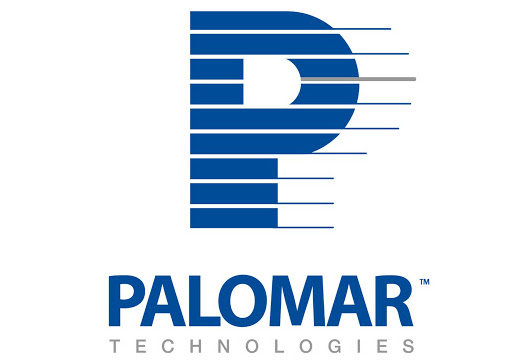Palomar Technologies
ServiceWise Helps Optimize Customer Services
Based in Vista, California, Palomar Technologies is a leading manufacturer of Hybrid and Semiconductor equipment for first-level interconnect, specializing in the assembly of automated ball bonders, wedge bonders, die bonders, and fully-automated assembly lines. Their products provide full service bonding support for precision interconnect solutions in the assembly of Optoelectronics, telecommunications and microwave products, computers and peripherals, and in the defense, automotive and medical electronics industries. Palomar currently has approximately 200 employees and a customer support team of 35 people.
Greg Ortega – Customer Support Systems Administrator
Palomar chooses ServiceWise for its Customer Support solution
Palomar’s products are quite sophisticated and the processes they are involved with are very complex and critical to their customer’s business. So when they receive a customer call reporting a failure in the process or the machine, fast and efficient resolution of the problem is essential.
Prior to deploying ServiceWise, the customer support group relied on a manual system using multiple Microsoft Excel spreadsheets. This system lacked any sort of failure tracking or data gathering ability, and could not manage or control the support process – everything was done manually. There was no way to effectively track problems or identify trends, and consequently there was little ability to prioritize product development projects to address these recurring problems.
Palomar needed a much more robust Customer Support solution and began evaluating some of the leading products on the market, including ServiceWise, Remedy, Astea, and ServiceTrack. They selected ServiceWise because it provided the high-end functionality they required, it was very straightforward to install and configure, and it represented a great long-term value for such a high-end product.
“The features ServiceWise offered exactly met what we were looking for,” said Greg Ortega, Palomar’s Customer Support Systems Administrator. “Before we began this project we planned to roll it out for only our own department, but now a lot of other people are coming on board wanting to automate their systems as well. This may branch out much further than we originally anticipated. As well as its current implementation for Customer Support, we are configuring ServiceWise as an in-house help desk for the manufacturing floor. As products are built, failures are recorded and automatically routed to designated personnel. With further support from TechExcel, I think the sky’s the limit.”
Easy and Intuitive Customization
“We were trying to automate from archaic systems, which is very challenging,” said Ortega. “I have friends in similar industries that have implemented some of these automated systems for very complex processes. In many cases they had to actually buy the rights to the software, then modify the code themselves to meet their needs. We could not go through this type of effort. Because ServiceWise has been so flexible and easy to configure we were able to use this tool to discipline our business processes. We are currently headed for ISO certification and since the Customer Service department has spent the time to define and customize our process we are well ahead of the game.”
ServiceWise In Action
When Palomar’s customers call in new issues, a System Support Engineer (SSE) logs the incident into ServiceWise. Using a wide variety of customized fields with master/detail relationships, the SSE specifies the exact type of equipment that is involved, its serial numbers, and the details of the problem they are experiencing.
“Once it gets to that level,” said Ortega, “they may go back and forth a couple of times trying to troubleshoot the problem. Then, at the customer’s request or at our suggestion, we may decide to dispatch someone to the customer site. Once the SSE tags the support incident as a dispatch item, ServiceWise automatically routes the incident to the appropriate Field Service Engineer (FSE). In addition, the original SSE can enter spare parts orders or requests for engineering support into ServiceWise, which are then automatically routed to the appropriate agent, and tracked within the support incident record.”
When the FSE logs into ServiceWise via the Internet, he can view all of the customer’s information, the complete history of the current problem including the initial troubleshooting process, and also see the list of parts that have been ordered. Using ServiceWise Web conversations, the FSE and the SSE can then collaborate to determine the most appropriate course of action. When the FSE resolves the problem at the customer site, he can then log back into ServiceWise Web, add a final Service Report to the incident, and resolve the issue. At that time it is automatically routed to the appropriate SSE who then reviews the Incident and closes it or he may elect to publish it in the knowledgebase.
All of the field-level information that is gathered for all customer incidents can be easily analyzed within ServiceWise to identify issue distribution and problem trends.
Looking to the Future
ServiceWise has resolved all of the tracking, reporting, and workflow problems Palomar experienced with their Excel based system. In the next phase of their implementation Palomar plans to utilize even more of ServiceWise’s advanced features. Below, Greg Ortega outlines some of their plans for expanding the ServiceWise system.

